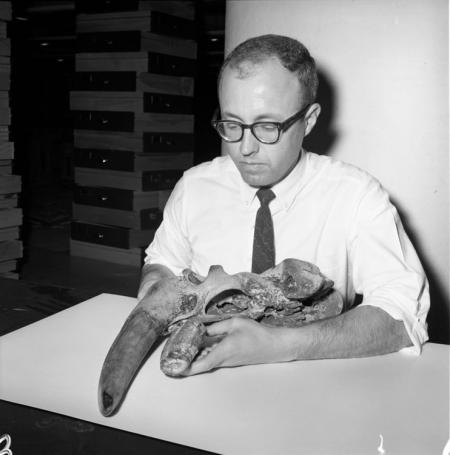The National Science Foundation has just announced the winners of the 2015 NSF Graduate Research Fellowship Program.
The Fellowship provides three years of support for graduate study in science and engineering (this includes social sciences, such as economics and geography, as well as anthropology) at a university in the United States.
2,000 awards are offered, each of which includes tuition and a stipend of $32,000 per year (expected to be raised to $34,000 this year).
Of the 2,000 fellowships awarded, how many went to aspiring anthropologists? Just under 3%, or 57 fellowships. Among anthropology awardees, archaeologists won 11, or 19%, of the fellowships. 2,004 people achieved Honorable Mention (you don’t get a stipend or tuition remission with this honor, but hey, you can get access to supercomputers), and the stats are similar: 58 anthropology candidates, of which 17, or 29%, are archaeologists.
The list of graduate schools archaeology awardees and honorable mentions will be attending is diverse. Two awardees will be attending Syracuse University, but no other institution will have more than one awardee.
See the summary tables after the break for the breakdown by anthropology subdiscipline, graduate institution awardees will be attending, and the undergraduate school they are coming from.
